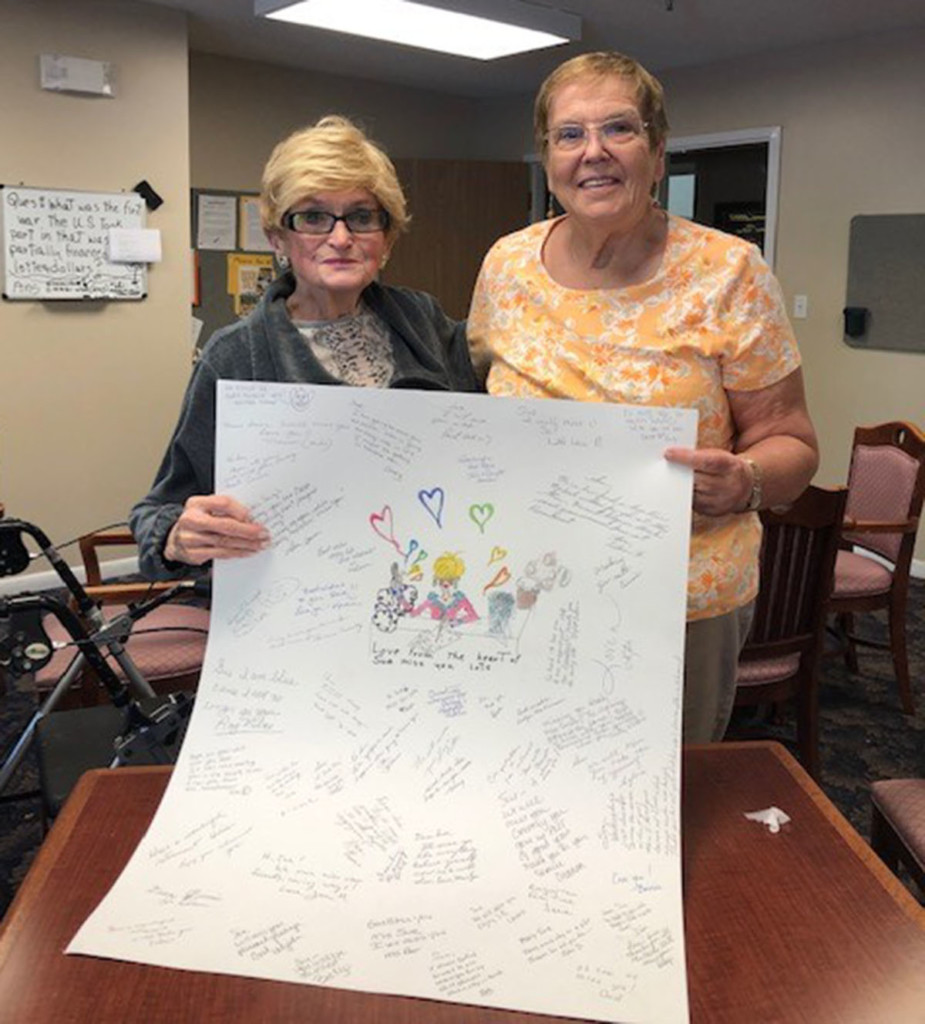
Tim Limner, far left, works with a camera operator on a local shoot in downtown Rochester. Photo courtesy of Tim Limner.
BY JENNIFER CROWLEY
Ever watch a film through to the end to see the credits and ask yourself what a “best boy” or “dolly grip” is while you are waiting to see the name of an actor? While those who write, act in, and direct motion pictures are often well known to the public, the crew members working diligently to help bring stories to the silver screen rarely receive the same public attention. Yet their contributions are behind some of the most memorable on-screen moments.
“Take the movie ‘Goodfellas’ for example. The scene in which Henry and Karen walk through the kitchen to enter the Copacabana was shot using a SteadiCam, one method of achieving smooth camera movement,” explained Scottsville resident and motion pictures artist Tim Limner. The scene Limner refers to is impactful not because of the dynamic or challenging acting but rather the position of the camera (behind the actors), duration of the scene (no cuts even when stairs are involved), and music (“And Then He Kissed Me,” by the Crystals). After those two minutes it is clear that Henry is a mob top dog with a wife who absolutely doesn’t mind. The scene delivers a feeling more than any tangible information.
Artists like Limner help create the emotionality of a film. Ask him what he does for a living and he might tell you he’s a dolly grip, key grip, electrician, gaffer, and/or best boy. These are all roles related to the camerawork on a movie set. Limner has experience with each and on a variety of shoots, though operating the camera dolly (hence the name “dolly grip”) is his favorite. In cinematography, the dolly grip is a dedicated technician that places, levels, and moves the dolly track, then pushes and pulls the dolly and usually camera operator(s) as well. He enjoys working in that capacity since it enables him to work closely with both the operators and actors to achieve the needed shot.
Limner grew up in Caledonia during the 1980s where he spent considerable time watching movies over and over again on a VCR. He attended college at Ohio State University where he started his studies in the cinematic arts. Limner’s first big break came thanks to an unexpected source during the summer following his freshman year. “My father was a retired New York State Police Investigator that was asked by the TV show ‘America’s Most Wanted’ to talk about a case he worked on during the late 1970s. He told the producers that I was a film major and they contacted me to be a production assistant for the re-enactment scenes. It was so surreal, my first production job featuring an actor playing my father sitting in his actual office. The days were long with overnight shoots, but I was hooked. I met a lot of people on that shoot that were really influential and that I’m still friends with today,” shared Limner.
After finishing his undergraduate degree, Limner enrolled in film school in Vancouver. From here he moved back to the east coast and settled outside of New York City with wife Jodi, a nurse and Scottsville native. Once they became parents to daughter Skylar back in 2002, they moved to Scottsville to be closer to their families.
While western New York may be nothing like Hollywood, that doesn’t mean that there aren’t opportunities for aspiring moviemakers. “People can’t quite understand how I do what I do in this area. I let my work speak for itself. I always set out to do the best job I can to increase the odds that a client calls me back,” he shared.
As for his most recent work, Limner worked as a dolly grip on the film, “The First Purge,” as well as “Teenage Mutant Ninja Turtles: Out of the Shadows,” “Tammy,” and “The Best Man Holiday.” In the movie “Marshall” about the life of young civil rights lawyer and future Supreme Court Justice Thurgood Marshall, Limner was a dolly grip. Also on set for the production? Larry McConkey, the same camera operator behind the infamous Goodfellas scene described earlier. “The guy’s a master at composition and camera movement. To have the opportunity to be his dolly grip while he operated was like going back to film school every single day. If I disappointed him, it crushed me. When I did something well, it was the best feeling in the world,” Limner explained.
Another extremely meaningful project that Limner worked on was the documentary “Crisis Hotline: Veterans Press 1” that won an Academy Award for Best Documentary Short in 2015. The film highlighted a few of the responders handling calls from military veterans in crisis – some 22,000 calls a month – at a New York-based call center. “That was really fulfilling for a number of reasons. There were only six people working on set and I was one of them. We worked on that for about a year, shooting a few days each month. I had actually injured my knee in-between shoot days and they rescheduled the next shoot to accommodate me, which almost never happens. That really spoke to the tightness of the crew and obviously it was exciting to watch the film win.”
Even though crew-members like Limner are fully expected to help deliver the vision of the director, there are opportunities to flex a little creative muscle. “Yes, there are definitely shoots where your role is ‘neck down’ and you simply carry out the look that’s asked of you. Other times there’s good collaboration. Last year while shooting ‘The First Purge’ for example, the cinematographer came up to me on a dolly shot and said, ‘You’re the camera operator on this, so find the best shot,’ which of course I enjoyed.”
Looking ahead for Limner, he has a good amount of commercial work lined up. These days he rarely works outside of the Buffalo-Rochester-Syracuse trifecta and cites advertising and corporate videos as frequent outlets for the skills and experience he uniquely possesses. When he’s not working on a shoot, Limner plays ice hockey, runs in long distance races, spends time with his family, and goes to the movies of course. “Yes, it’s nice to see your name in the credits. I think my daughters find it cool but they don’t get worked up about it like I would have 30 years ago when I needed to listen to a movie to fall asleep at night. What can I say, I’m so happy it all worked out since there never was a plan B.”







